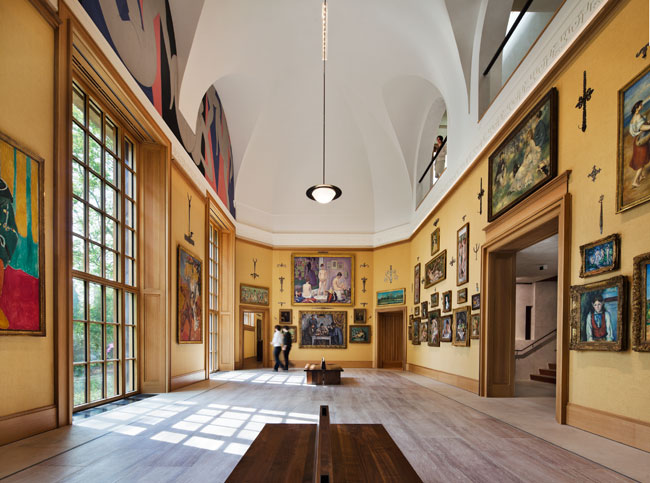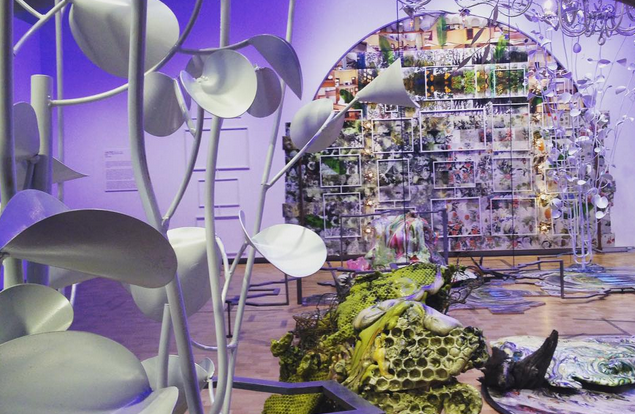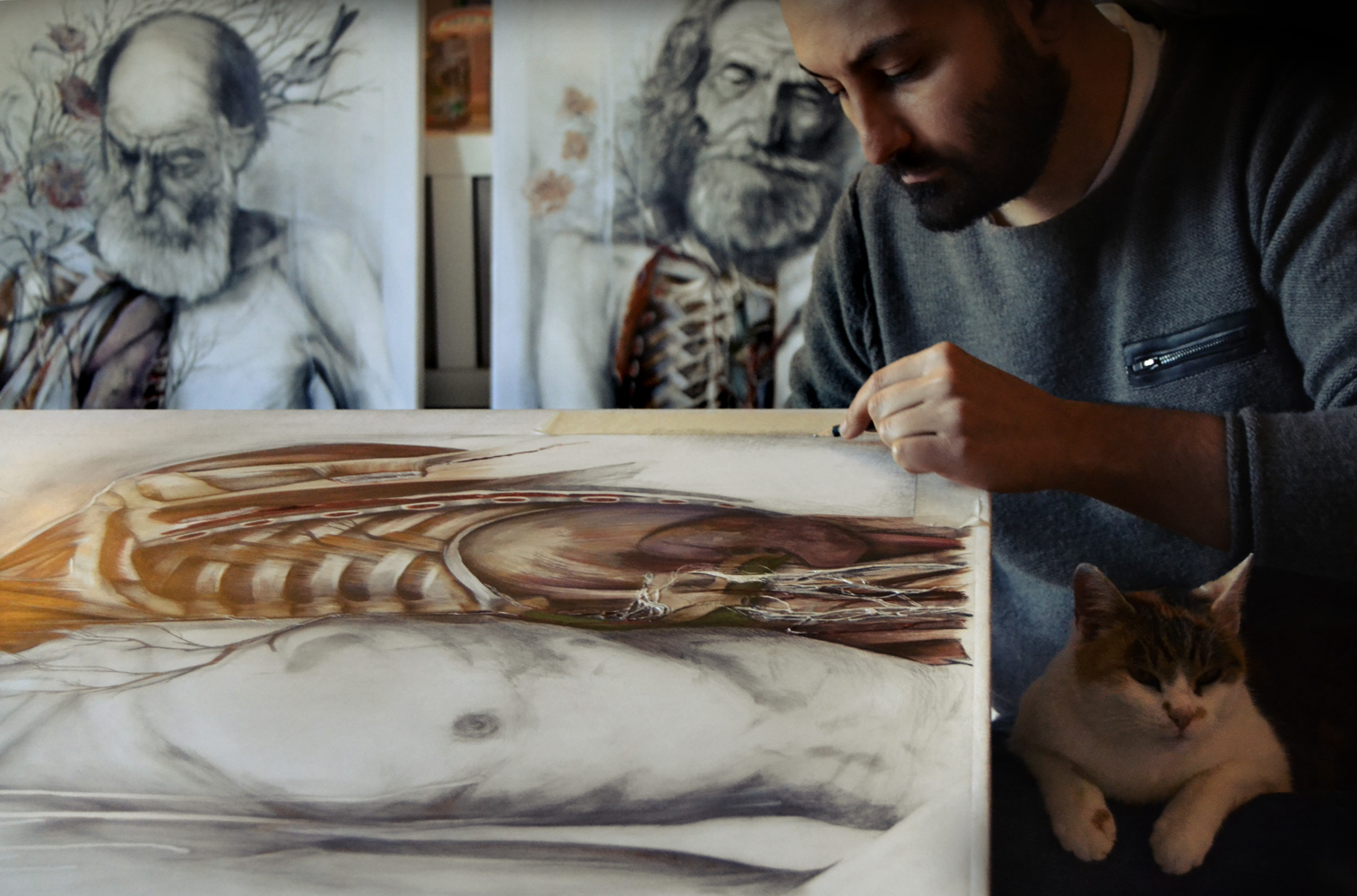
In The Order of Things, three artists reimagine the exhibits of Dr. Albert C. Barnes, a physician, chemist, businessman, and art collector extraordinaire whose “ensembles” of the early 20th century were once scoffed at by critics and are now considered early examples of installation art. Curated by Barnes Foundation consulting curator Martha Lucy, installations by artists Mark Dion, Judy Pfaff and Fred Wilson pay homage to this unlikely innovator.
The Barnes Foundation, established in 1922, houses much of Barnes’s collection, which includes 69 Cezannes, 59 Matisses, 46 Picassos, and 181 Renoirs, among other pieces. In an act of defiance against the traditional process of museum curating, Barnes paired pieces of fine art with furniture and household items from an array of cultures and time periods. Although the individual components of these displays are impressive in themselves, the true focus is on the amalgamation of objects, the ways they are arranged, the order of things.
Lucy believes that these pieces are “ripe for analysis.” Dion, Pfaff, and Wilson “are all riffing on Barnes,” Lucy explains. “We hope their responses will offer audiences new ways to think about Barnes’s display.” Indeed, Barnes’s philosophy, which dictates that his displays cannot be altered even slightly, poses a challenge for museum programming staff. The Order of Things aims to engage a wider audience by highlighting Barnes’s indelible relevance as a pioneer of installation.
Mark Dion’s “The Incomplete Naturalist,” an outdoorsman’s garage turned shrine, is a response to the question: “What would Dr. Barnes be like if he were a naturalist?”

Judy Pfaff’s “Scene I: The Garden. Enter Mrs. Barnes” is a take on Laura Barnes’s arboretum, which still exists despite the museum’s 2012 relocation. Beehive and floral patterned materials spill over metal frames, mimicking the efforts of landscape designers who aim to artfully contain vegetation.

Fred Wilson’s “Trace” brings Barnes’s installations to the modern day by joining reproductions of Barnes Foundation pieces with modern office furniture and paraphernalia plucked from the foundations former offices in Lower Merion, such as staplers and coatracks.

The show also includes a discontinued Barnes instillation called “The Dutch Room,” which was deconstructed to make way for an elevator shaft in the 1990s. This serves as a direct comparison for viewers, who can compare the origins of installation with pieces by present day artists working in the medium.
This exhibit ends August 3, so check out the Barnes Foundation site for information to buy tickets!







